Finance Visualizations
150 Years of U.S. National Debt in One Chart
Today, the national debt of the United States of America stands at an eye-watering 28 trillion dollars and rising. The CARES Act of 2020 and other stimulus bills due to COVID have added massive increases in a short period of time. To see how we got to this place to being with Visual Capitalist has this great interactive timeline of US debt over the past 150 years.
Click below to use the interactive version
Starting in the year 1900 only 4.8% of the total national debt was held by the public. After World War I in 1910 that percentage jumped to 10. In 1920 following the Great Depression that number doubled to 22.9%. Ten years later that number would be in the billions, 16 billion to be exact with President Roosevelt’s New Deal in 1930. World War II would see this number jump to 40 billion or 75.1% of the GDP. The Korean War of 1950 would add hundreds of billions to the debt clock in only ten years bringing the total in 1950 to $257 billion but bringing the GDP down to 56.8%. The next big increase would come in 1980 when president Reagan introduced his tax cuts causing the gross debt to jump to over 900 billion. Ten years later it would see another massive jump to over $3,233 billion dollars with the Gulf War. Thirty years later the COVID-19 pandemic caused the average debt held by the public to sky rocket to 105.6 percent in 2020 , over $27,748 billion dollars. By 2050 it is estimated that the percentage of debt held by the public will be almost 200 percent.
Business Visualizations
Which Products Will Consumers Spend More on in 5 Years?
The team at LLC Attorney analyzed business and economic trends to determine which products consumers will spend the most on over the next five years. Analysts invest a lot of effort into predicting spending trends to get ahead of the curve. Consumers can benefit from this data by using it to guide savings and create a budget. The team used their data to identify the individual categories that might see the highest spending and then determined how much prices may increase for products in these categories.
Click below to zoom.
Experts expect these products to see the biggest spending increase between 2025 and 2029:
- Food
- Tobacco
- Household Essentials
- Online Education
- Beverages
- Luxury Goods
- Fashion
- E-Services
- OTC Pharmaceuticals
- Furniture
Analysts predict consumers will spend $389 on food in 2029, which is a 12% increase. Food will always be a high-spending category since it’s a necessity. Inflation hit grocery prices hard, and those prices rarely go back down. Part of the reason grocery prices have increased is that busy lifestyles are driving consumers to spend more on convenience food and meal kits. At the same time, rising restaurant prices drive more people to cook at home, which means a greater spend on ingredients.
The team’s data shows specific food, beverage, and tobacco products with the largest projected spending increases:
- Fish and Seafood
- Oils and Fats
- Sauces and Spices
- Bread and Cereal Products
- Spreads and Sweeteners
- Confectionery and Snacks
- Meat
- Dairy Products and Eggs
- Fruits and Nuts
- Vegetables
Outside of those three categories, these specific products have the highest projected spending increase:
- Tissue and Hygiene Paper
- Luxury Watches and Jewelry
- Online University Education
- Luxury Fashion
- Home and Laundry Care
- Accessories
- Luxury Leather Goods
- Beauty Tech
- Grocery Delivery
- Prestige Cosmetics and Fragrances
It may be surprising to see tobacco spending increase so much. Surveys show that young adults are using more tobacco than the previous generation because of the popularity of vapes and e-cigarettes. “Vice markets” tend to rise in periods of economic strain, so the sales very well may hold firm.
The household essentials category is similar to high grocery spending. Toilet tissue is an essential item, and the COVID-19 pandemic drove up spending on cleaning products. It seems many Americans haven’t relaxed their cleaning standards since then.
A combination of current trends and expert analysis on consumer behavior leads to these spending predictions. Demographics, interests, needs, and economic stability all contribute to a population’s spending habits. Not all trends are predictable. Significant events like warfare and natural disasters can dramatically impact prices and spending habits in ways that economists may not be able to predict. While not every change can be expected, this data can still provide an accurate forecast, and consumers should pay attention to areas where prices are set to increase. Perspective business owners can also use this information to their advantage and find opportunities for areas that will be in high demand in a few years.
Business Visualizations
The Largest Companies in America That Are Still Run by the Person Who Founded Them
In the corporate world, leadership changes are practically expected. CEOs come and go, boards shuffle seats, and strategies pivot with the seasons. For most large corporations, the founding vision eventually gives way to the influence of successors, but every once in a while, a company manages to scale the peaks of the Fortune 1000 while still being led by the very person who dreamed it up in the first place.
Going from running a business out of your garage to managing a multi-billion-dollar operation requires an impressive mix of genius, grit, and endurance that most would struggle to sustain across decades of board meetings, bold bets, and bottom-line pressure.
So, what does it take to build a business worth billions and still be the one calling the shots? To find out, our team at The Chartistry has pulled together a graphic that maps out the largest companies in the U.S. that are still being run by the same people who started them.
Click below to zoom.
Tech Giants Still Calling the Shots
The tech industry can be a volatile market, especially when billions of dollars are at stake every year, making founder-CEOs in this space a rare species. Mark Zuckerberg, founder and CEO of Facebook (now Meta), is a headline example. From the scrappy days of coding in his Harvard dorm to overseeing Meta’s $134.9 billion revenue machine, he hasn’t let go of the reins. His company now ranks 30th on the Fortune 1000 list, but it continues to operate under the umbrella of Zuckerberg’s vision.
Jensen Huang of NVIDIA is another powerhouse. He co-founded the company in 1993 and continues to lead it as CEO and President. NVIDIA is now a central player in the AI boom, raking in over $60.9 billion in 2024. The company landed at #65 on the Fortune list, and much of that momentum can be traced back to Huang’s technical savvy and leadership style.
Another founder-CEO of a big tech company is Michael Dell. After founding Dell Technologies in 1984, Dell stepped away briefly before returning to steer the company through its privatization and subsequent return to public markets. With $88.43 billion in revenue, it holds spot #48 on the list.
Long-Hauler Founders of the Biggest U.S. Companies
Wall Street can be brutal, yet some of the longest-tenured company founders make the ranks in this industry. Richard Fairbank has run Capital One since 1987, long before online banking was the norm. Under his leadership, the company pulled in $49.48 billion last year.
Larry Fink’s story is equally impressive. He co-founded BlackRock in 1988 and helped turn it into the world’s largest asset manager. It now generates $17.86 billion annually.
Then there’s Mark Millett, who co-founded Steel Dynamics in 1993. It might not make splashy headlines like tech and finance, but this steel manufacturer generated $18.8 billion last year, proving that innovation can lead to immense success in any space.
Is Elon Musk Actually the Founder of Tesla?
Elon Musk is arguably the most high-profile figure on the list, but his relationship with Tesla’s origins is less straightforward than the others on our list. Tesla was actually founded by Martin Eberhard and Marc Tarpenning in 2003. Musk joined shortly after as an investor and took a more active role over time. It wasn’t until a legal settlement in 2009 that Musk was “officially” determined to be a co-founder, along with four others. Today, he serves as the CEO and public face of Tesla, a company that posted $96.77 billion in revenue in 2024.
Why Are They Still Here?
While circumstances vary and some CEO-Founders stick around long after what’s best for the company, research seems to support that many of them remain the right person for the job. A Harvard Business Review study found that companies led by their founders outperformed others in market valuation by 10% over the long term. Especially in the early days when the potential rewards are higher, founders tend to prioritize innovation, take bigger strategic bets, and maintain a stronger emotional commitment to the company’s mission.
Additionally, founder-CEOs often make faster decisions, have deeper customer intuition, and are more adaptable when navigating new markets. These traits help fuel long-term growth and can serve as a stabilizing force in times of disruption. That said, success depends on their ability to scale alongside the business. The most effective founders seem to grow their leadership style as the company matures, surrounding themselves with experienced teams while staying grounded in the original vision.
In many cases, large companies will also adopt dual-class stock structures, which help founders maintain some control even as ownership becomes more distributed.
Out of the 1,000 biggest companies in America, only 59 are still run by their founders. Amounting to less than 6 percent, it’s both inspiring and daunting how successful many of their companies have become.
Along with shaping industries and building legacies, they’re keeping their original visions alive in a world that often trades the leadership of innovative founders for business-savvy executives. Their stories serve as a reminder that leadership is about commitment and conviction as much as it is about keeping a business running.
At The Chartistry, we know that there’s a great story behind every dataset. Explore more trends in executive leadership, company growth, and market innovation in America’s largest companies on our Business Visualization page. Or, if you’re looking for more inspiring stories of success, check out our Finance Visualizations.
Founders of Major Corporations Still Serving as CEO
The list of America’s largest companies that are still run by the person who founded them is based on data from Fortune’s list of the 1,000 biggest companies in the United States. Just 59 of the 1,000 biggest U.S. companies are still run by the person who founded them. The founder must be the current Chief Executive Officer (CEO) of the company, as of June 2025, to be included.
| Rank | Company | Forbes 1000 Rank (as of July 2024) |
Revenue in Billions (as of July 2024) |
CEO Name | Year Founded | Title (as of June 2025) |
| 1 | Meta Platforms | 30 | $134.90 | Mark Zuckerberg | 2004 | Co-Founder, CEO, Chairman |
| 2 | Tesla | 40 | $96.77 | Elon Musk | 2003 (Musk was designated as one of five co-founders in 2009 via a settlement.) |
Co-Founder, CEO |
| 3 | Dell Technologies | 48 | $88.43 | Michael Dell | 1984 | Founder, CEO, Chairman |
| 4 | NVIDIA | 65 | $60.92 | Jensen Huang | 1993 | Co-Founder, CEO, President |
| 5 | Capital One Financial | 91 | $49.48 | Richard Fairbank | 1987 | Co-Founder, CEO, Chairman |
| 6 | Salesforce | 123 | $34.86 | Marc Benioff | 1999 | Co-Founder, CEO, Chairman |
| 7 | Apollo Global Management | 136 | $32.64 | Marc Rowan | 1990 | Co-Founder, CEO, Chairman |
| 8 | Coupang | 168 | $24.38 | Bom Kim | 2010 | Founder, CEO, Chairman |
| 9 | Block | 186 | $21.92 | Jack Dorsey | 2009 | Co-Founder, CEO, Chairman |
| 10 | Steel Dynamics | 221 | $18.80 | Mark Millett | 1993 | Co-Founder, CEO, Chairman |
| 11 | BlackRock | 231 | $17.86 | Larry Fink | 1988 | Co-Founder, CEO, Chairman |
| 12 | Regeneron Pharmaceuticals | 311 | $13.12 | Leonard Schleifer | 1988 | Co-Founder, CEO, President, Co-Chairman |
| 13 | Wayfair | 346 | $12.00 | Niraj Shah | 2002 | Co-Founder, CEO, Co-Chairman |
| 14 | Carvana | 377 | $10.77 | Ernest Garcia III | 2012 | Co-Founder, CEO, President, Chairman |
| 15 | Airbnb | 396 | $9.92 | Brian Chesky | 2008 | Co-Founder, CEO |
| 16 | Intercontinental Exchange | 397 | $9.90 | Jeffrey Sprecher | 2000 | Founder, CEO, Chairman |
| 17 | Sanmina | 433 | $8.94 | Jure Sola | 1980 | Co-Founder, CEO, Chairman |
| 18 | DoorDash | 443 | $8.64 | Tony Xu | 2013 | Co-Founder, CEO |
| 19 | Prologis | 463 | $8.02 | Hamid Moghadam | 1983 | Co-Founder, CEO, Chairman |
| 20 | Blackstone | 464 | $8.02 | Stephen Schwarzman | 1985 | Co-Founder, CEO, Chairman |
| 21 | Skechers U.S.A. | 465 | $8.00 | Robert Greenberg | 1992 | Founder, CEO, Chairman |
| 22 | Super Micro Computer | 498 | $7.12 | Charles Liang | 1993 | Co-Founder, CEO, Chairman, President |
| 23 | Insperity | 541 | $6.49 | Paul Sarvadi | 1986 | Co-Founder, CEO, Chairman |
| 24 | Under Armour | 577 | $5.90 | Kevin Plank | 1995 | Founder, CEO, Chairman, President |
| 25 | SS&C Technologies Holdings | 600 | $5.50 | William Stone | 1986 | Founder, CEO, Chairman |
| 26 | Fortinet | 622 | $5.31 | Ken Xie | 2000 | Founder, CEO, Chairman |
| 27 | Urban Outfitters | 635 | $5.15 | Richard Hayne | 1970 | Co-Founder, CEO, Chairman |
| 28 | Ares Management | 644 | $4.99 | Michael Arougheti | 1997 | Co-Founder, CEO, Director |
| 29 | Nexstar Media Group | 648 | $4.93 | Perry Sook | 1996 | Founder, CEO, Chairman |
| 30 | Compass | 654 | $4.89 | Robert Reffkin | 2012 | Co-Founder, CEO |
| 31 | EPAM Systems | 669 | $4.69 | Arkadiy Dobkin | 1993 | Co-Founder, CEO, Chairman, President |
| 32 | Antero Resources | 670 | $4.68 | Paul Rady | 2002 | Co-Founder, CEO, Chairman, President |
| 33 | Snap | 679 | $4.61 | Evan Spiegel | 2011 | Co-Founder, CEO, Director |
| 34 | Zoom Video Communications | 683 | $4.53 | Eric Yuan | 2011 | Founder, CEO, Chairman, President |
| 35 | Rivian Automotive | 692 | $4.43 | RJ Scaringe | 2009 | Founder, CEO |
| 36 | PriceSmart | 697 | $4.41 | Robert Price | 1993 | Co-Founder, CEO (until Sept. ‘25), Chairman |
| 37 | eXp World Holdings | 708 | $4.28 | Glenn Sanford | 2008 | Founder, CEO, Chairman |
| 38 | Toast | 766 | $3.87 | Aman Narang | 2012 | Co-Founder, CEO, Director |
| 39 | Akamai Technologies | 771 | $3.81 | Dr. Tom Leighton | 1998 | Co-Founder, CEO |
| 40 | ScanSource | 776 | $3.79 | Michael Baur | 1992 | Co-Founder, CEO, Chairman |
| 41 | Dream Finders Homes | 784 | $3.75 | Patrick Zalupski | 2008 | Co-Founder, CEO, Chairman, President |
| 42 | Century Communities | 794 | $3.69 | Robert Francescon | 2002 | Co-Founder, CEO, President, Director |
| 43 | Euronet Worldwide | 796 | $3.69 | Michael Brown | 1994 | Co-Founder, CEO, Chairman, President |
| 44 | DraftKings | 798 | $3.67 | Jason Robins | 2011 | Co-Founder, CEO, Chairman |
| 45 | Atlassian | 811 | $3.54 | Mike Cannon-Brookes | 2002 | Co-Founder, CEO |
| 46 | Roku | 820 | $3.49 | Anthony Wood | 2002 | Founder, CEO, Chairman |
| 47 | Cheesecake Factory | 828 | $3.44 | David Overton | 1972 | Co-Founder, CEO, Chairman |
| 48 | Chefs’ Warehouse | 830 | $3.43 | Christopher Pappas | 1985 | Co-Founder, CEO, Chairman, President |
| 49 | AppLovin | 847 | $3.28 | Adam Foroughi | 2012 | Co-Founder, CEO, Chairman |
| 50 | PACS Group | 869 | $3.11 | Jason Murray | 2013 | Co-Founder, CEO, Chairman |
| 51 | Coinbase Global | 870 | $3.11 | Brian Armstrong | 2012 | Co-Founder, CEO, Chairman |
| 52 | CrowdStrike | 883 | $3.06 | George Kurtz | 2011 | Founder, CEO |
| 53 | Matador Resources | 930 | $2.81 | Joseph Wm. Foran | 2003 | Founder, CEO, Chairman |
| 54 | Viasat | 932 | $2.80 | Mark Dankberg | 1986 | Co-Founder, CEO, Chairman |
| 55 | Roblox | 935 | $2.80 | David Baszucki | 2004 | Co-Founder, CEO |
| 56 | ProFrac Holding | 971 | $2.63 | Ladd Wilks | 2016 | Co-Founder, CEO |
| 57 | Playtika Holding | 982 | $2.57 | Robert Antokol | 2010 | Co-Founder, CEO, Chairman |
| 58 | Stagwell | 993 | $2.53 | Mark Penn | 2021 | Founder, CEO, Chairman |
| 59 | Dropbox | 997 | $2.50 | Drew Houston | 2007 | Co-Founder, CEO |
Sources:
Corporate Websites
Charts
Graphic Shows What Each Generation Splurges On
Spending money is a deeply personal choice, but it can still signal values, needs, and priorities on a larger scale. The team at Qualtrics specifically examined what different generations spend extra money on. In the team’s data, we can see patterns that could show how much extra money different generations have to spend, what conveniences make an impact on them, and how cultural values drive their spending habits.
The team created two visuals; one shows the top three spending categories for Gen Z, Millennials, Gen X, and Boomers. Next, they listed 18 different spending categories and showed what percentage of each generation is likely to splurge on this category. The results are a fascinating generational study!
Click below to zoom.
The youngest adult generation, Gen Z, struggles with expenses like high-cost housing, student debt, and low wages for entry-level jobs. Gen Z probably has the least money to splurge, but they still find ways to buy treats. 37% of Gen Z said they are likely to splurge on bars and restaurants. This was one of the only spending categories that was unanimous among every generation. It seems everyone wants to skip cooking and enjoy a restaurant now and again.
Millennials, who are in their late twenties to early forties, are most likely to be parents who are balancing busy careers with family life. They’re most likely to splurge on dining out as well, but they’re also uniquely likely to splurge on groceries. This could be attributed to the cost of grocery deliveries through apps like Postmates. Millennials were the first generation to embrace grocery delivery apps, and it might be a helpful time-saving splurge for busy parents and professionals.
Gen X represents people at the far end of their careers and working lives. They’re at the perfect point to have some money to spend on rewards for their lives of hard work. Like every other generation, many said they’d splurge on dining out, but they’re also highly likely to splurge on travel. This makes sense since many members of Gen X are in good health to travel and don’t have the constraints of children to hold them back. They travel solo, with groups, family, or friends.
As for Baby Boomers, the oldest generation, most of them are retired now. Like Gen X, many say they’re likely to splurge on travel to see the places they’ve spent a lifetime dreaming of visiting. They have some splurging habits in common with younger generations, spending extra money on conveniences and necessities like groceries.
The team’s data reflects what different age groups find most important in life and indicates how much money they can use on a splurge. It’s telling that older generations splurge on travel, a high expense that younger generations likely can’t afford. There’s no doubt that we can draw many thought-provoking conclusions from the data we find on these graphics.
-
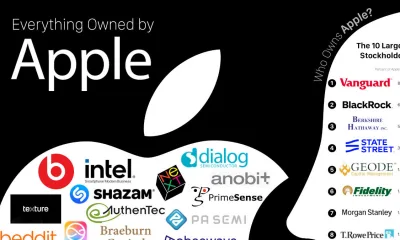
 Business Visualizations1 year ago
Business Visualizations1 year agoEverything Owned by Apple
-
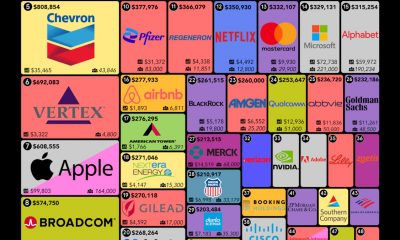
 Business Visualizations1 year ago
Business Visualizations1 year agoAmerica’s Most Valuable Companies Ranked by Profit per Employee
-
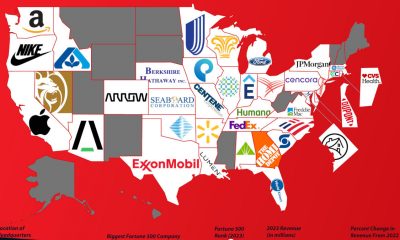
 Business Visualizations9 months ago
Business Visualizations9 months agoThe Biggest Fortune 500 Company in Every State
-
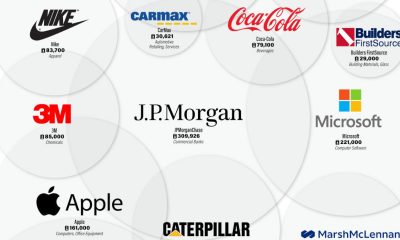
 Business Visualizations7 months ago
Business Visualizations7 months agoThe Biggest Employers by Industry
-
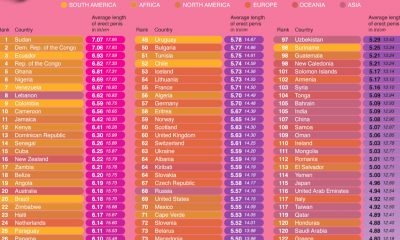
 Maps2 years ago
Maps2 years agoPenis Lengths Around the World
-
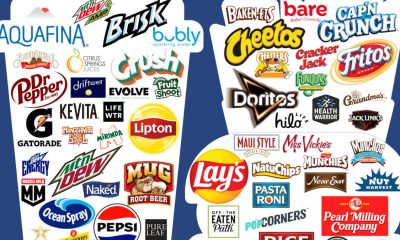
 Business Visualizations2 years ago
Business Visualizations2 years agoAll The Brands Owned By PepsiCo
-
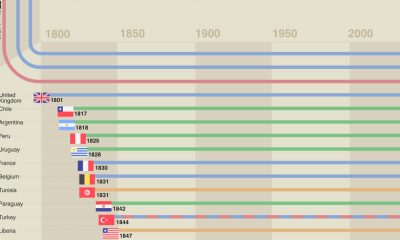
 Timelines2 years ago
Timelines2 years agoA History of the Oldest Flags in the World
-
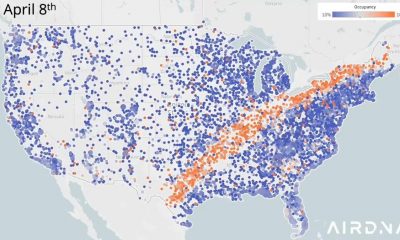
 Business Visualizations2 years ago
Business Visualizations2 years agoNew Animated Map Shows Airbnb’s Fully Booked Cities Along the 2024 Eclipse Path of Totality

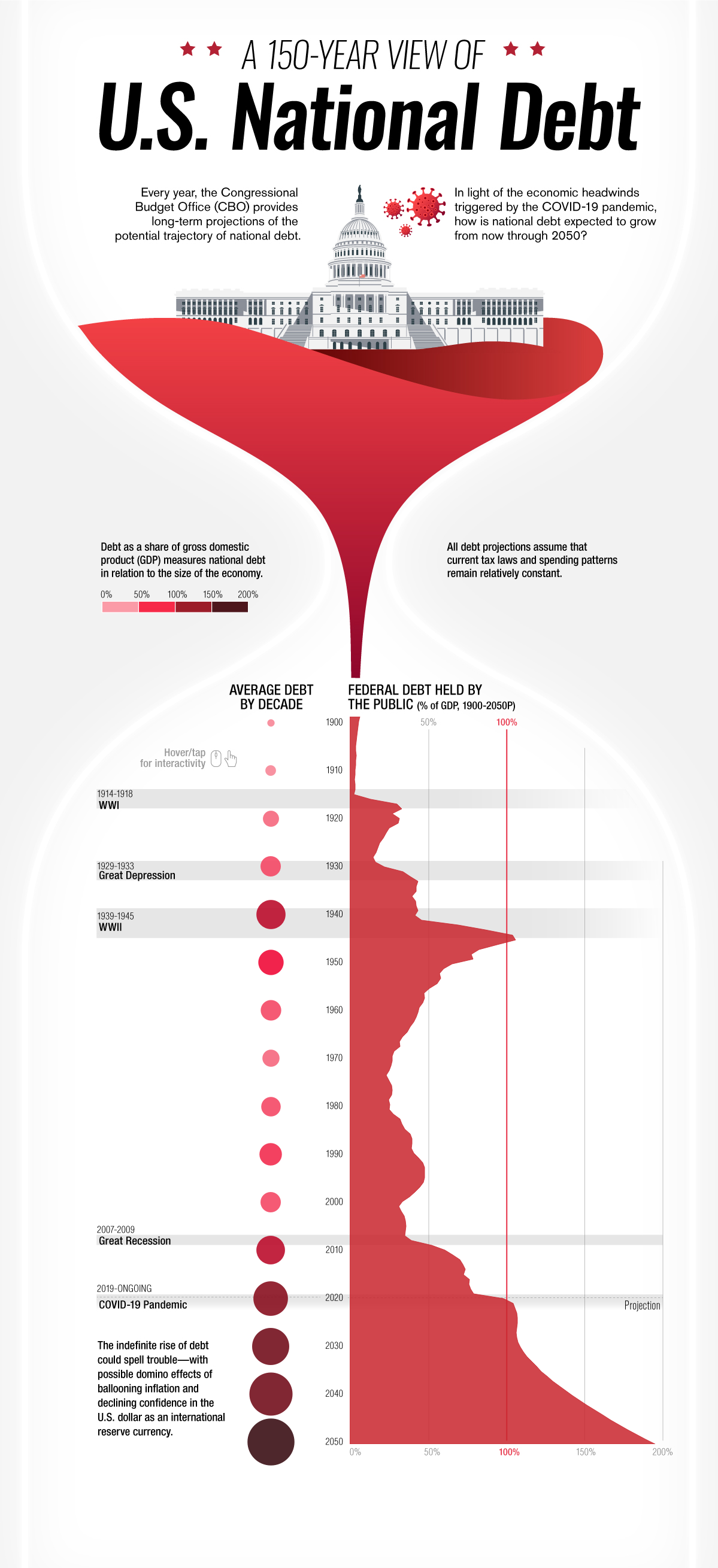


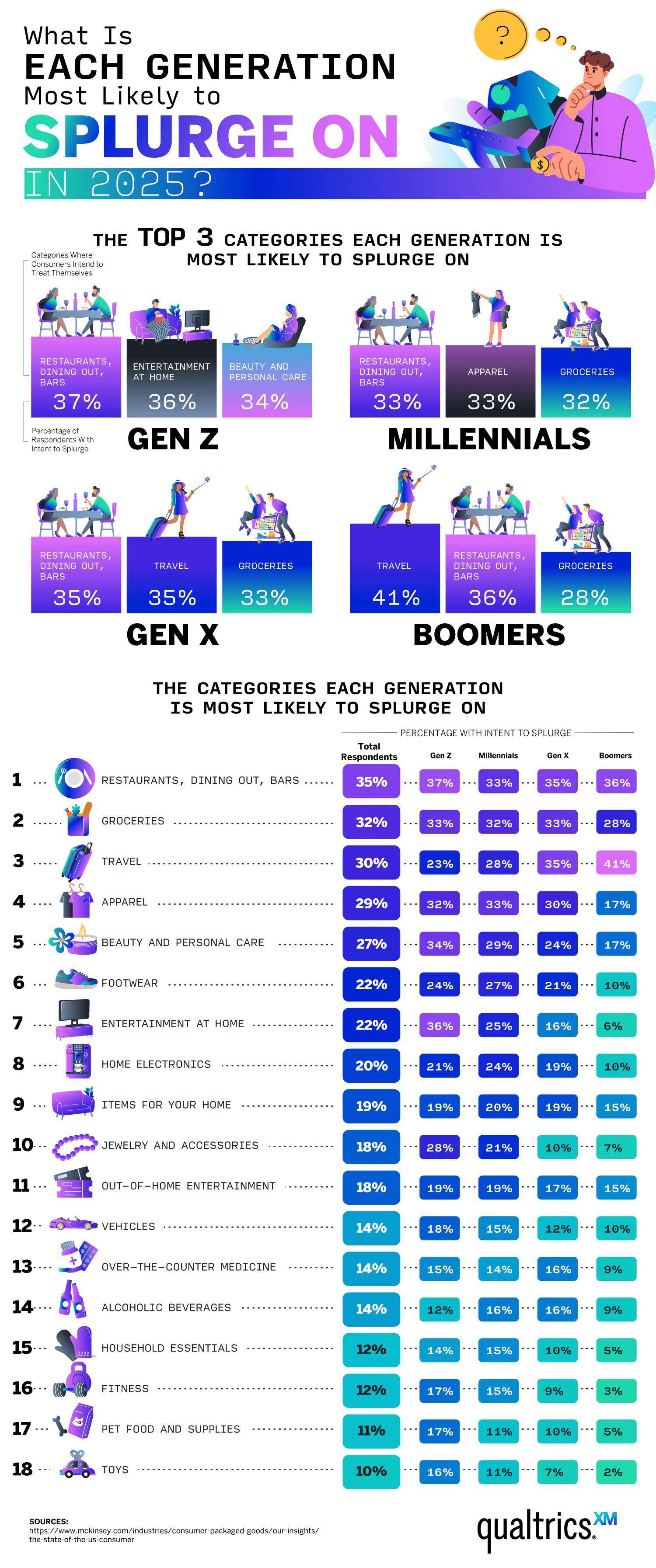
1 Comment